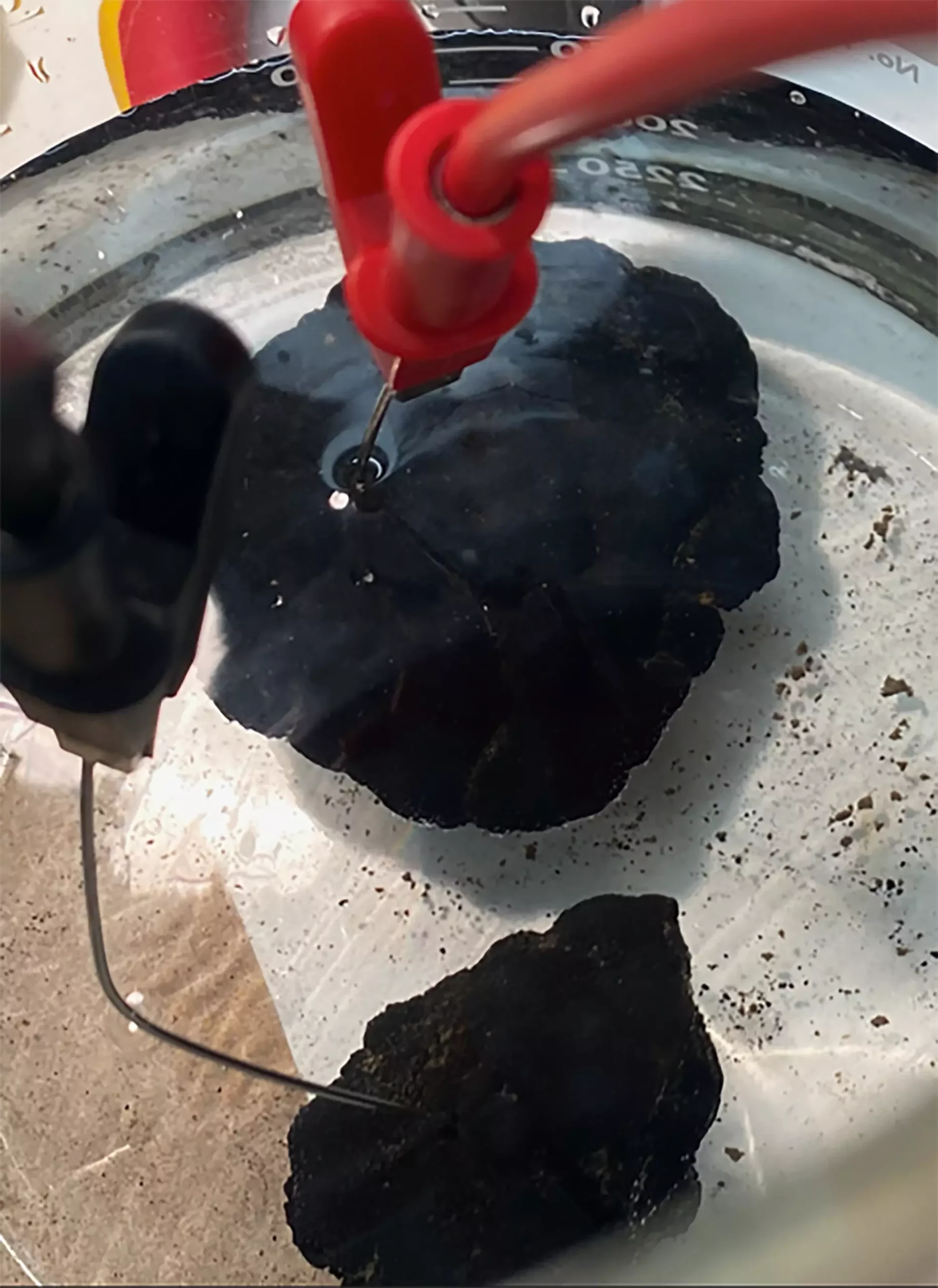A recent study published in the journal Nature Geoscience has unveiled a groundbreaking revelation regarding oxygen production in the deep-ocean floor. Contrary to long-held beliefs that only photosynthetic organisms are responsible for generating the Earth’s oxygen, the research indicates that metallic minerals located 13,000 feet below the surface also play a crucial role. This discovery challenges the existing understanding of oxygen production and sheds light on the possibility of an alternative source of oxygen at the seafloor.
At the core of this discovery are polymetallic nodules, natural mineral deposits that form on the ocean floor. These nodules contain an assortment of metallic minerals such as cobalt, nickel, copper, lithium, and manganese. Interestingly, these minerals are not only essential for various industrial applications but also critical elements utilized in batteries. The nodules act as a reservoir for oxygen production, creating a unique ecosystem that sustains aerobic sea life in complete darkness. With several large-scale mining companies eyeing these precious elements for extraction, it becomes imperative to rethink mining strategies to protect the oxygen source for deep-sea organisms.
The study was a collaborative effort between researchers around the globe. Andrew Sweetman from the Scottish Association for Marine Science (SAMS) stumbled upon the phenomenon of “dark oxygen” during his fieldwork in the Pacific Ocean. On the other hand, Franz Geiger, a chemist from Northwestern University, led the electrochemistry experiments that helped in understanding the oxygen production process. Geiger’s expertise in rust-induced electricity generation played a crucial role in unraveling the mysteries of deep-sea oxygen.
Geiger’s research team discovered a natural “geobattery” within the deep-ocean polymetallic nodules. This geobattery operates by splitting seawater through a process called seawater electrolysis, extracting electrons from water molecules and generating oxygen. The team recorded voltages comparable to that of a typical AA battery on the nodules’ surface, indicating the presence of a powerful source of electricity. The concept of geobatteries provides a compelling explanation for the dark oxygen production observed in the deep ocean.
As mining companies gear up for deep-sea extraction activities, the researchers stress the importance of considering the impact on oxygen production. The massive reserves of polymetallic nodules in regions like the Clarion-Clipperton Zone could potentially meet global energy demands for decades. However, past instances of deep-sea mining in the 1980s have left barren zones devoid of marine life for years. This serves as a cautionary tale, highlighting the need for sustainable mining practices to preserve the delicate balance of oxygen production in the deep ocean.
The discovery of oxygen production in the deep-ocean floor opens up a realm of possibilities for understanding Earth’s ecosystem. By delving into the mechanisms behind this phenomenon, researchers have unraveled a fascinating aspect of the underwater world that challenges traditional scientific beliefs. As we navigate the complexities of deep-sea mining and environmental conservation, the lessons gleaned from this study offer valuable insights into the delicate interplay between human activities and nature’s intricate processes.


Leave a Reply